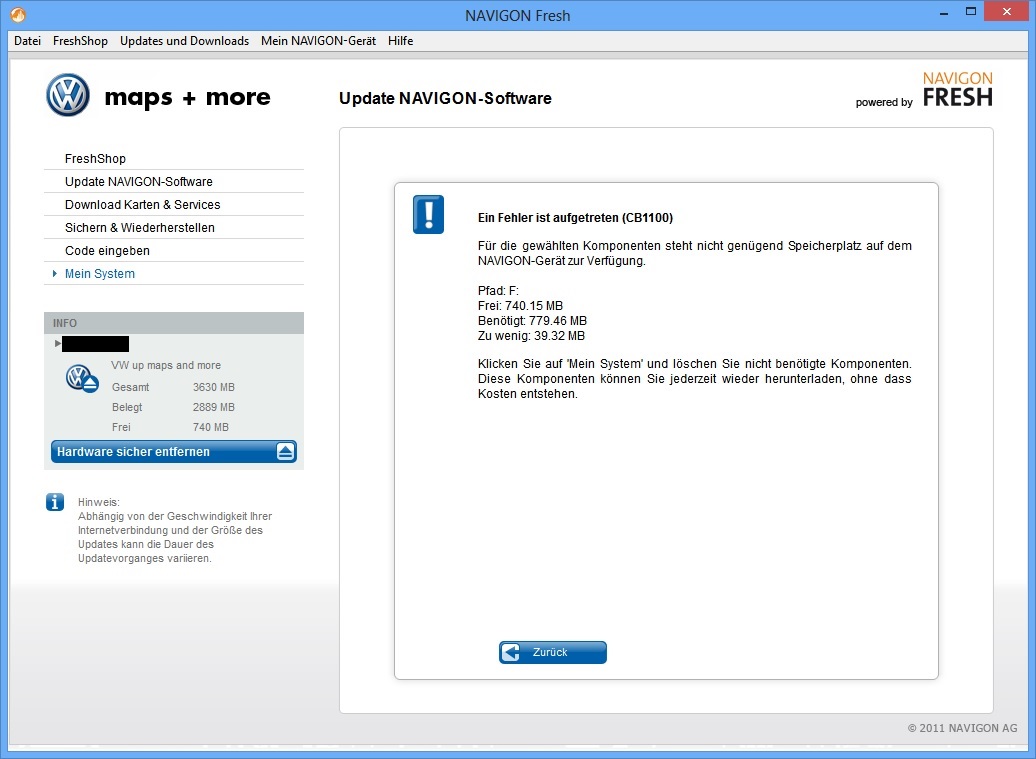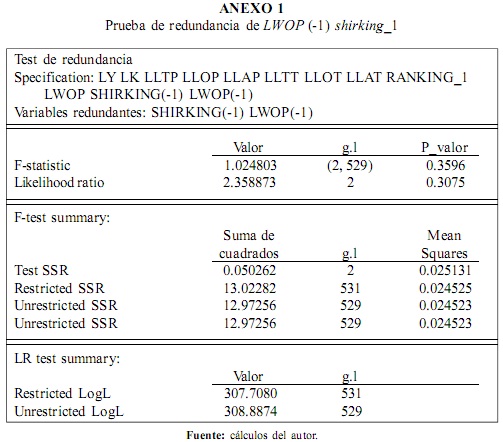
- Equilibrium Unemployment As A Worker Discipline Device Pdf To Jpg File
- Equilibrium Unemployment As A Worker Discipline Device Pdf To Jpg Free


- Becker, G. S. and G. J. Stigler (1974) ‘Law Enforcement, Malfeasance, and the Compensation of Enforcers’, Journal of Legal Studies, Vol. 3 (January), pp. 1–18.CrossRefGoogle Scholar
- Bowles, S. (1985) ‘The Production Process in a Competitive Economy: Walrasian, Neo-Hobbesian and Marxian Models’, American Economic Review, Vol. 75 (March), pp. 16–36.Google Scholar
- Bulow, J. I. and L. H. Summers (1986) ‘A Theory of Dual Labor Markets with Application to Industrial Policy, Discrimination and Keynesian Unemployment.’ Journal of Labor Economics, Vol. 4 (July), pp. 376–414.CrossRefGoogle Scholar
- Calvo, G. (1985) ‘The Inefficiency of Unemployment: The Supervision Perspective’, Quarterly Journal of Economics, Vol. 100 (May), pp. 373–387.CrossRefGoogle Scholar
- Carmichael, H. L. (1985) ‘Can Unemployment Be Involuntary?: Comment’, American Economic Review, Vol. 75 (December), pp. 1213–1214.Google Scholar
- Carmichael, H. L. (1986) ‘Efficiency Wage Models of Unemployment: A Survey.’ Mimeo, Queen’s University, December 1986.Google Scholar
- Dickens, W. T., L. F. Katz, K. Lang, and L. H. Summers (1987) ‘Why Do Firms Monitor Workers?’ Mimeo, Harvard University, May 1987.Google Scholar
- Dickens, W. T. and L. F. Katz (1987a) ‘Inter-Industry Wage Differences and Theories of Wage Determination.’ NBER Working Paper No. 2271, June 1987.CrossRefGoogle Scholar
- Dickens, W. T. and L. F. Katz (1987b) ‘Inter-Industry Wage Differences and Industry Characteristics’, in K. Lang and J. Leonard (eds), Unemployment and the Structure of Labour Markets (Oxford: Basil Blackwell).Google Scholar
- Doeringer, P. B. and M. J. Piore (1971) Internal Labor Markets and Manpower Analysis (Lexington, Ma.: D.C. Heath).Google Scholar
- Eaton, C. and W. D. White (1983) ‘The Economy of High Wages: An Agency Problem’, Economica (April), pp. 175–181.Google Scholar
- Foster, J. E. and H. Y. Wan (1984) ‘Involuntary Unemployment as a Principal-Agent Equilibrium’, American Economic Review, Vol. 74 (June), pp. 476–484.Google Scholar
- Gintis, H. and T. Ishikawa (1983) ‘Wages, Work Discipline and Macro-economic Equilibrium.’ Mimeo.Google Scholar
- Hutchens R. (1986) ‘Delayed Payment Contracts and a Firm’s Propensity to Hire Older Workers’, Journal of Labour Economics, vol. 4.Google Scholar
- Jones, S. R. G. (1985) ‘Dual Labor Markets, Productivity and Unemployment.’ Mimeo, University of British Columbia, April 1985.Google Scholar
- Katz, L. F. (1986) ‘Efficiency Wage Theories: A Partial Evaluation’, in S. Fischer, (ed.), NBER Macroeconomics Annual 1986 (Cambridge, Ma.: MIT Press).Google Scholar
- Krueger, A. (1986) ‘Ownership, Agency and Wages: An Empirical Analysis.’ Mimeo, Harvard University, November 1986.Google Scholar
- Krueger, A. and L. H. Summers (1987) ‘Reflections on the Inter-Industry Wage Structure’, in K. Lang and J. Leonard (eds), Unemployment and the Structure of Labor Markets (Oxford: Basil Blackwell).Google Scholar
- Krueger, A. and L. H. Summers (1988) ‘Efficiency Wages and the Inter-Industry Wage Structure’, Econometrica, Vol. 56 (March), pp. 259–293.CrossRefGoogle Scholar
- Kuhn, P. (1986) ‘Wages, Effort, and Incentive Compatibility in Life-Cycle Employment Contracts’, Journal of Labor Economics, Vol. 4 (January), pp. 28–49.CrossRefGoogle Scholar
- Lang, K. and S. Kahn (1987) ‘Efficiency Wage Models of Unemployment: A Second View.’ Mimeo, University of California, Irvine, March 1987.Google Scholar
- Lazear, E. (1979) ‘Why is there Mandatory Retirement?’ Journal of Political Economy, Vol. 87 (December), pp. 261–284.CrossRefGoogle Scholar
- Lazear, E. (1981) ‘Agency, Earnings Profiles, Productivity, and Hours Restrictions’, American Economic Review, Vol. 71 (September), pp. 606–620.Google Scholar
- Mars, G. (1982) Cheats At Work (London: Allen & Unwin).Google Scholar
- Posner, R. (1972) Economic Analysis of Law (Boston: Little, Brown & Company).Google Scholar
- Raff, D. M. G. and L. H. Summers (1987) ‘Did Henry Ford Pay Efficiency Wages?’, Journal of Labor Economics, Vol. 5 (October), pp. S57–S86.CrossRefGoogle Scholar
- Shapiro, C. and J. Stiglitz (1984) ‘Equilibrium Unemployment as a Worker Discipline Device’, American Economic Review, Vol. 74 (June), pp. 433–444.Google Scholar
- Shapiro, C. and J. Stiglitz (1985) ‘Can Unemployment Be Involuntary?: Reply’, American Economic Review, Vol. 75 (December), pp. 1215–1217.Google Scholar
- Stiglitz, J. E. (1986) ‘Theories of Wage Rigidity’, in J. Butkiewicz et al. (eds), Keynes’ Economic Legacy: Contemporary Economic Theories (New York: Praeger Publishers).Google Scholar
- Stoft, S. (1982) ‘Cheat Threat Theory: An Explanation of Involuntary Unemployment’ Mimeo, Boston University, May 1982.Google Scholar
- Yellen, J. L. (1984) ‘Efficiency Wage Models of Unemployment’, American Economic Review Proceedings, Vol. 74 (May), pp. 200–205.Google Scholar
Equilibrium Unemployment As A Worker Discipline Device Pdf To Jpg File
Equilibrium Unemployment as a Worker Discipline Device: Reply Carl Shapiro ( ) and Joseph Stiglitz American Economic Review, 1985, vol. 75, issue 4, 892-93. Equilibrium Unemployment as a Worker Discipline Device Created Date: 2752Z.
Equilibrium Unemployment As A Worker Discipline Device Pdf To Jpg Free
- Equilibrium Unemployment as a Worker Discipline Device', American Economic Review, 74, p 433-444. Theory of E ciency Wages Unemployment as as Discipline Device Repeated Interaction: Repeated Games and Folk Theorem used to explain Labor Contracts. 1 The role of subjective performance assessments in the mana.
- Dismissal vs. Fines as a Discipline Device: Comment on Shapiro-Stiglitz by EKKEHART SCHLICHT The Institute for Advanced Study. In their recent article 'Equilibrium Unemployment as a Worker Discipline Device,' Carl Shapiro and Joseph. Shapiro, Carl, and Stiglitz, Joseph E. Equilibrium unemployment as worker discipline device.